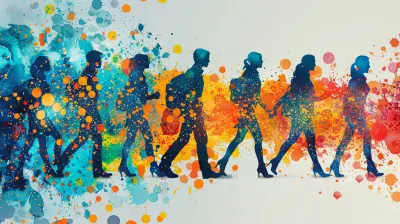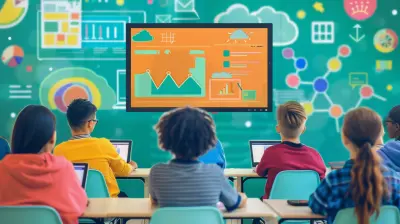The Importance of Transition Planning for Students with Disabilities
14 October 2025
Let’s be real: growing up is hard. But for students with disabilities, transitioning into adulthood—whether that means college, employment, or independent living—can feel like climbing a mountain in the dark… with no map. That’s where transition planning comes in. It's not just a buzzword tossed around in school meetings. It's an essential, powerful process that can help bridge the often scary gap between high school and the real world.
In this post, we’re going to dive deep into why transition planning matters so much, what it actually looks like, and how it can completely change the game for students with disabilities. So grab a coffee (or your favorite study snack), and let’s walk through this together.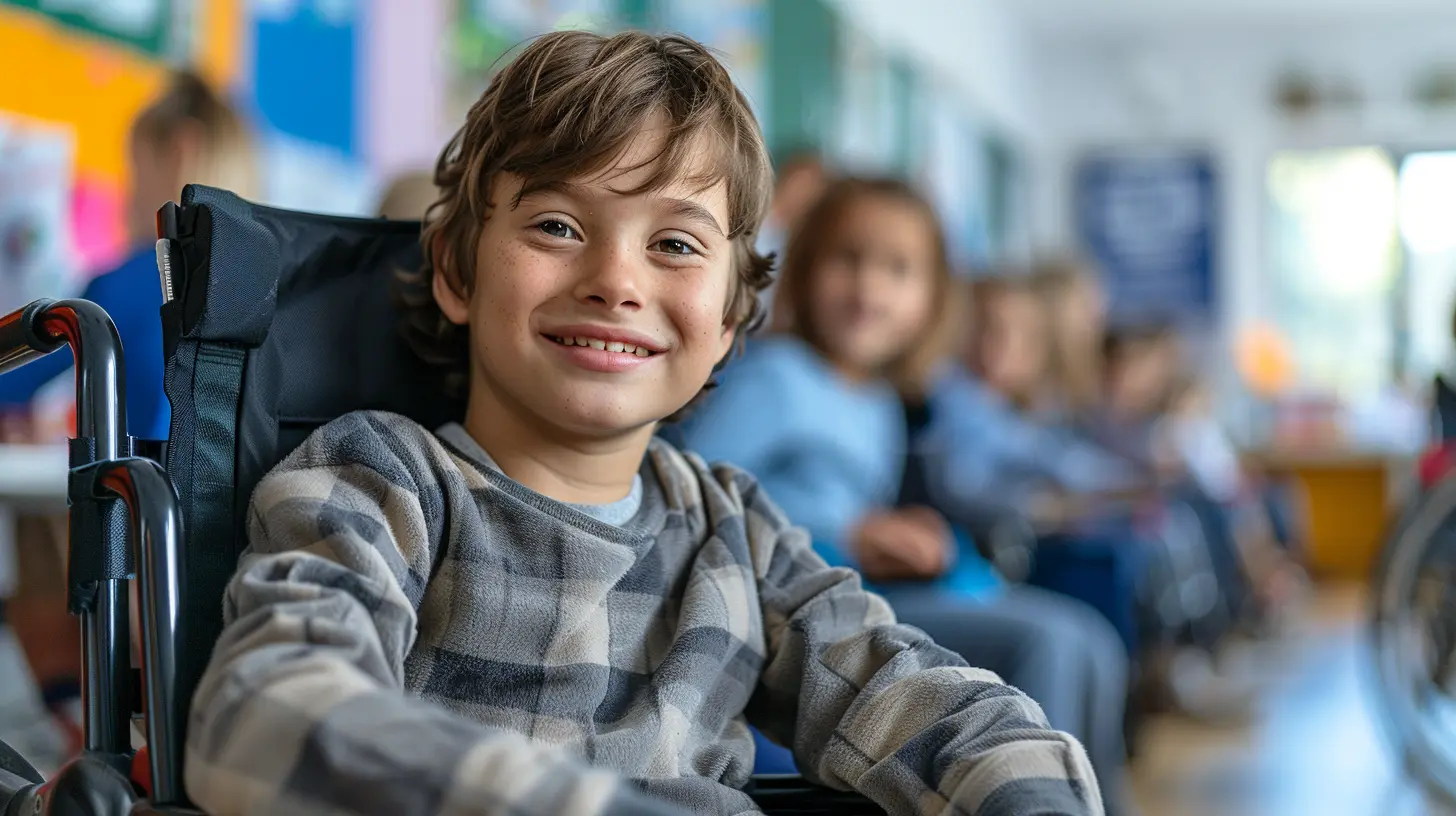
What is Transition Planning, Anyway?
So let’s start with the basics. Transition planning is a formal, strategic process designed to help students with disabilities move from the school system into adult life. And no, it's not something you throw together last minute. This kind of planning typically kicks off by age 14–16 and becomes a key part of the student’s Individualized Education Program (IEP).It’s like setting up a GPS for life after high school. Where do you want to go? What tools do you need to get there? And how do you get around the roadblocks that might pop up along the way?
Transition planning usually includes:
- Career exploration
- Post-secondary education options
- Independent living skills
- Social and community involvement
- Self-advocacy and legal rights
It’s comprehensive, and honestly, it needs to be.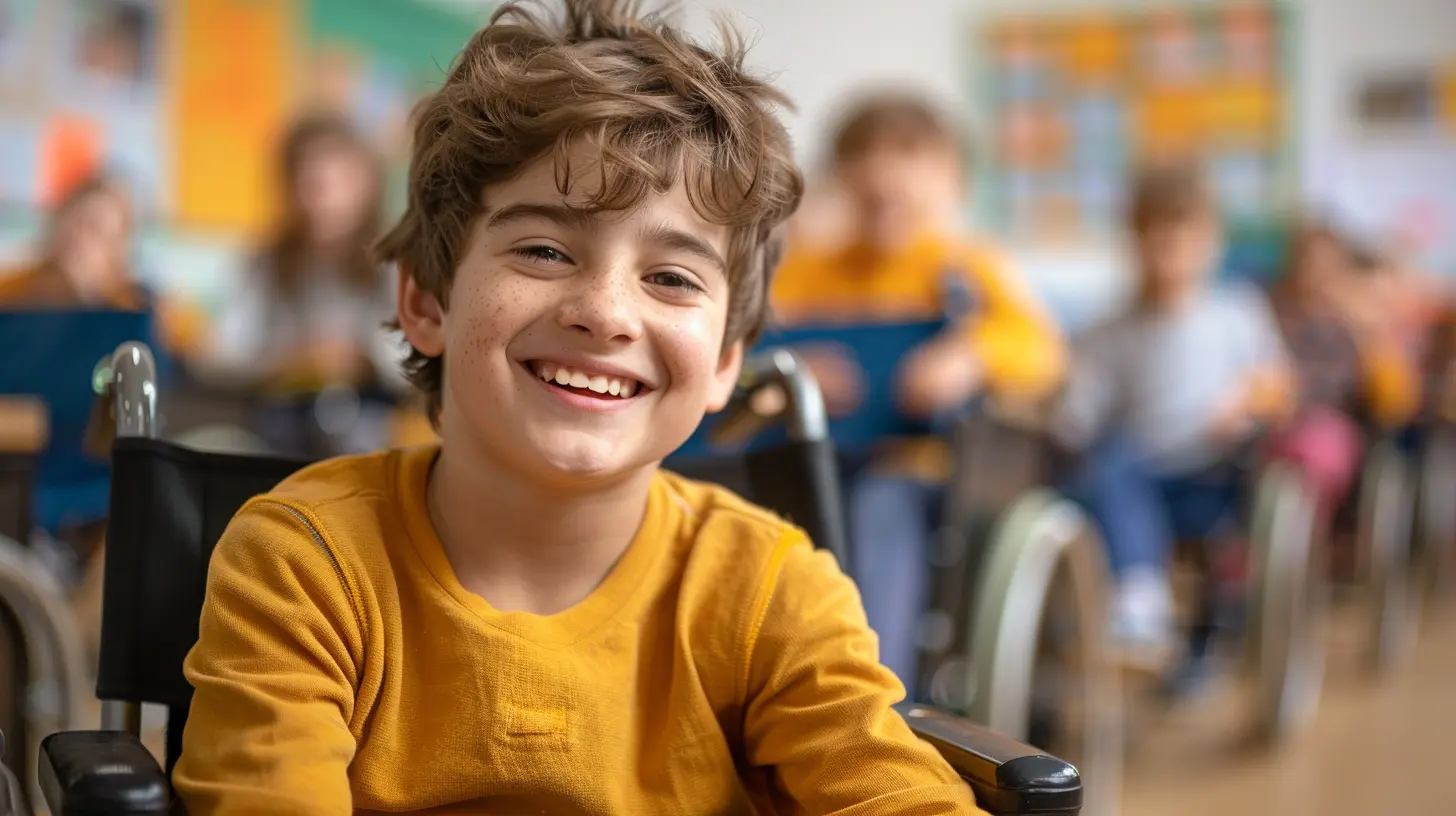
Why Transition Planning is a Game-Changer
Because High School Isn’t Forever
Let’s face it: school gives structure. There are bells, assignments, and a support system. But after graduation, that structure disappears. If planning doesn’t start early, students with disabilities can find themselves unprepared for the sudden shift.Imagine training for a marathon without a game plan. That’s what diving into adulthood without transition planning feels like.
Because Every Student Deserves a Future They Choose
Transition planning puts students in the driver's seat. It focuses on their goals, dreams, and talents—not just their limitations. This personalized approach boosts confidence and helps students see what’s possible.And let’s be honest—when students feel heard and respected, they’re more motivated. They’re not just surviving; they’re thriving.
Because the World Isn’t Always Designed with Disabilities in Mind
We’d love to say that the adult world is inclusive, but we know that’s not always the case. Accessibility can still be a massive hurdle. Transition planning helps prepare students (and their families) for those realities. It equips them with problem-solving skills, self-advocacy techniques, and the ability to navigate complicated systems.You wouldn’t send someone into a maze blindfolded, right? That’s why this planning is so crucial.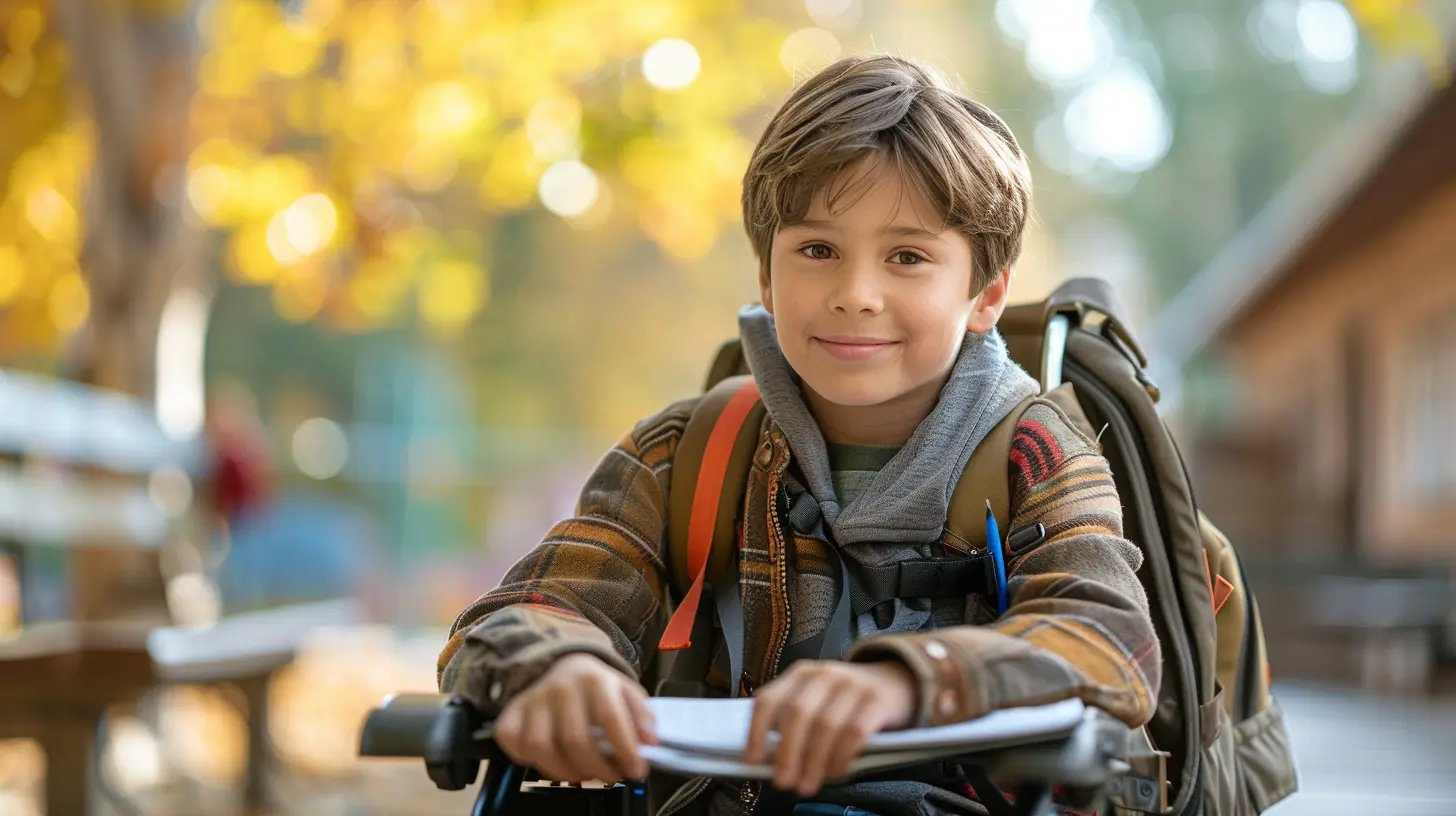
Core Components of a Solid Transition Plan
Alright, so what actually makes a good transition plan? It’s more than a checklist. It’s a personalized, evolving roadmap. Here’s what should be included:1. Person-Centered Goals
The student should be the star of the show. What do they want? College? A job in graphic design? Living on their own? These goals shape the rest of the plan.Tip: Use tools like interest inventories or job exploration activities to help students discover their passions.
2. A Strong Support Team
It takes a village. That means involving teachers, parents, special educators, therapists, social workers, and most importantly—the student themselves. Everyone should be on the same page and committed to helping the student reach their goals.3. Skill-Building Opportunities
From budgeting and cooking to job interviews and time management, real-world skills matter. Transition services should include hands-on learning that prepares students for everyday life.This can include:
- Work-based learning experiences
- Internships or job shadowing
- Independent living practice (like managing money or public transportation)
4. Connections to Adult Services
Ever heard of Vocational Rehabilitation (VR)? Or Centers for Independent Living? These and other adult services can be lifelines after high school. A good transition plan will help students and families make those connections before graduation.5. Legal and Self-Advocacy Training
Students should understand their rights under laws like the Americans with Disabilities Act (ADA) and Section 504. Just as importantly, they should be taught how to speak up for themselves—whether in college classrooms, job interviews, or doctors' offices.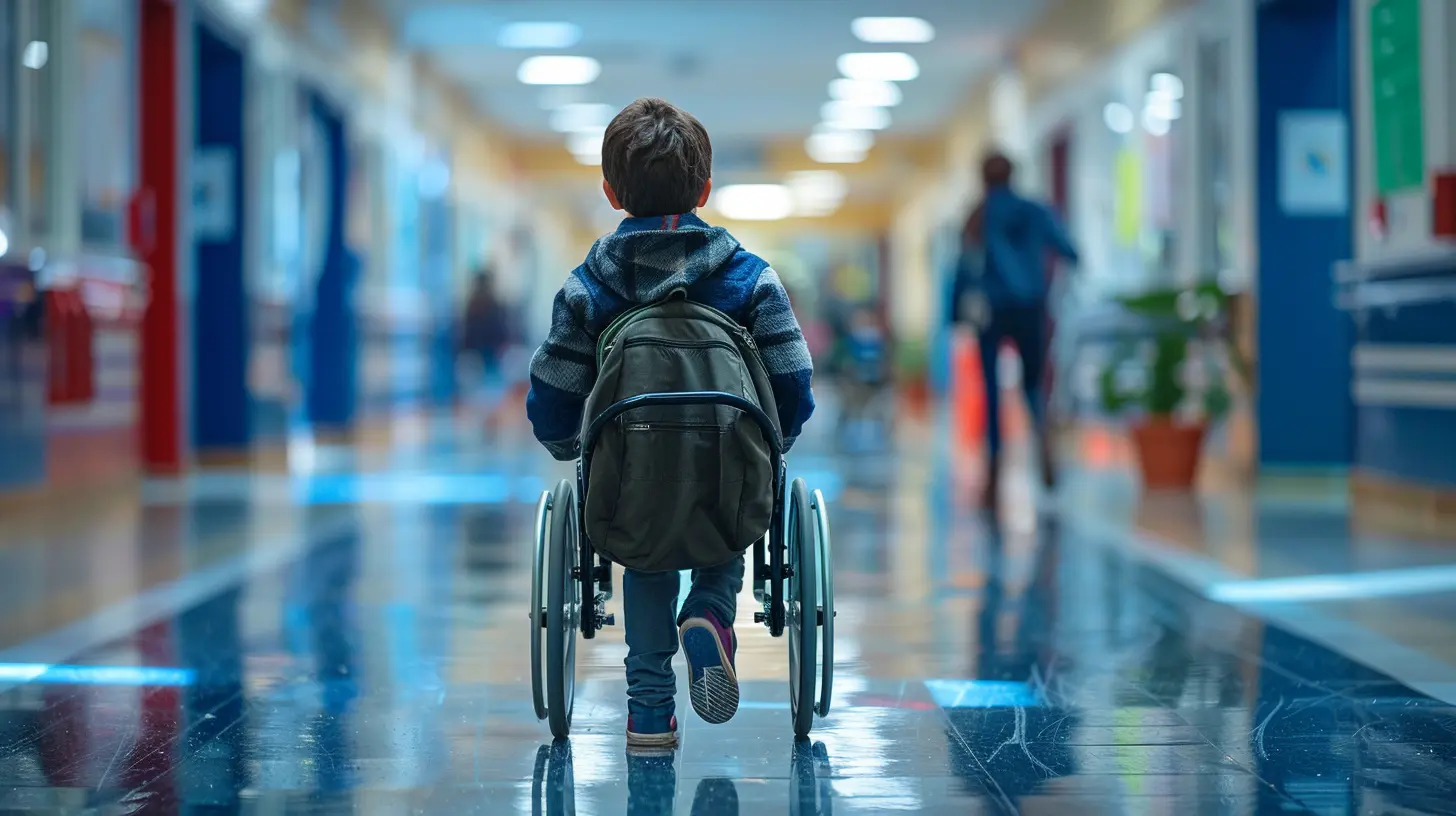
The Role of Families in Transition Planning
Let’s not overlook the home front. Families are often the biggest cheerleaders and strongest support system a student has. But they’re also dealing with fears, questions, and the overwhelming unknown of life after high school.The best transition planning:
- Includes families in the conversation
- Provides clear information and resources
- Offers emotional support and guidance
When families are empowered, students are more likely to succeed.
Barriers That Can Derail the Process (And How to Tackle Them)
Transition planning isn’t always smooth sailing. There are real hurdles that can get in the way. Let’s call them out:Lack of Early Planning
Waiting until senior year to start the conversation? That’s way too late. It takes years to build the necessary skills and connections. That’s why planning should start early.Limited Resources
Some schools may not have the staff, funding, or programs needed to offer robust transition support. In these cases, families may need to turn to community organizations or advocacy groups for help.Low Expectations
Yep, this one stings. Sometimes, students with disabilities are underestimated. Transition planning has to fight back against this by focusing on abilities and potential.Communication Gaps
If the school team, parents, and student aren't on the same page, progress stalls. Regular, honest communication is key.Real-Life Impact: What Happens When Transition Planning Works
Let’s zoom out and look at the big picture.When transition planning is done right, we see:
- Higher employment rates for individuals with disabilities
- Increased access to post-secondary education
- Greater independence and self-sufficiency
- Lower rates of depression and social isolation
Simply put, students walk away from high school with a toolkit they actually know how to use.
What You Can Do (Whether You're a Teacher, Parent, or Student)
If You're a Teacher or School Staff:
- Start conversations early- Advocate for transition training and resources in your school
- Partner with local businesses and adult service agencies
If You're a Parent:
- Attend IEP meetings and ask specific questions about transition planning- Encourage your child to explore interests, hobbies, and job possibilities
- Connect with advocacy groups in your state
If You're a Student:
- Speak up about your goals and dreams- Ask for support in building the skills you’ll need
- Don’t be afraid to take small steps outside your comfort zone
Final Thoughts: Planning for a Life, Not Just a Diploma
Here’s the honest truth: transition planning isn’t just about school. It’s about life. It’s about dignity, empowerment, and the right to dream big—even when those dreams come with a few extra hurdles.So whether you're a student, parent, or educator—know this: with the right plan, the transition into adulthood doesn’t have to be overwhelming. It can be exciting. It can be hopeful. And most importantly, it can be uniquely yours.
all images in this post were generated using AI tools
Category:
Special EducationAuthor:

Anita Harmon
Discussion
rate this article
1 comments
Zeke Shaffer
Empowering students through thoughtful transition planning is essential.
October 21, 2025 at 2:21 AM

Anita Harmon
Absolutely! Thoughtful transition planning is crucial for ensuring that students with disabilities navigate their path to independence successfully.
